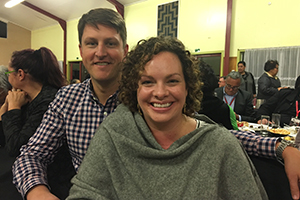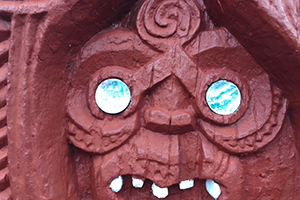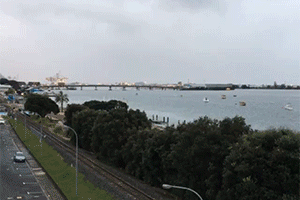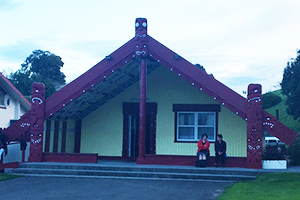Indian Country businesses have been on the international stage for years now. American Indian, Alaska Native and Native Hawaiian housing sectors can also gain from connecting with their counterparts overseas. We sponsored and attended this year’s National Māori Housing Conference in Aotearoa (New Zealand) to continue the flow of information and best practices between indigenous communities around the world.
The agenda was packed with great information — too much to summarize here. But as foreigners in a very welcoming community, there were two words that stuck out to Elizabeth and me: whānau and whenua. Māori language is prominent in the entire culture of New Zealand. Huge numbers of indigenous people, as well as many of their non-indigenous fellow citizens, are fluent in Māori. The new friends we met at the conference helped us understand two concepts that are key to Māori housing development.

Whānau means family. But the definition is broader than the nuclear family structure. A whānau can include extended family members and close personal friends. Whenua means land. The connection between housing and whenua is important to Māori for the same reason as other indigenous peoples in what are now the United States, Canada and Australia. Māori landholdings were whittled away over many decades because of irresponsible business practices and bad public policy. In the modern era, Māori whanau, trusts and other organizations are reclaiming a great deal of land for housing, community and economic development purposes.

The conference was held at the ASB Arena in Tauranga. Many Māori organizations from the Tauranga and Bay of Plenty regions were on-hand to share stories of success in housing development. The nearby Maungatapu Marae hosted us for a meal and cultural night. The Marae is the centerpiece of any local Māori community. A Marae is like a comprehensive community center where community members meet, children play and learn, ancestors are celebrated and connections happen. The cultural night provided food and music that were unforgettable. Every community that attended the conference performed some kind of skit or song that represented their culture.
When it came time for the U.S. guests to have their turn, we brought out our secret weapon. Our friend Bobby Hall had been invited by the conference to speak about housing development in Native Hawaiian communities. Anyone who has met Bobby knows he can sing and play. He brought down the house at the cultural night with his rendition of The Drifters’ classic, “Up on the Roof.”

Like Indian Country, Aotearoa is a diverse place in which communities tailor unique strategies to local issues. But there are some challenges that seem to apply across the board. We did our best to spread case studies and positive stories about Indian Country’s affordable housing success. We learned new methods that could address some of our challenges here in the U.S.
If you would like to connect with the conference organizers for direct conversations about what is working on the other side of the world, let us know. We would be happy to do whatever we can to build relationships among the world’s indigenous communities to increase the quality and availability of affordable housing.


